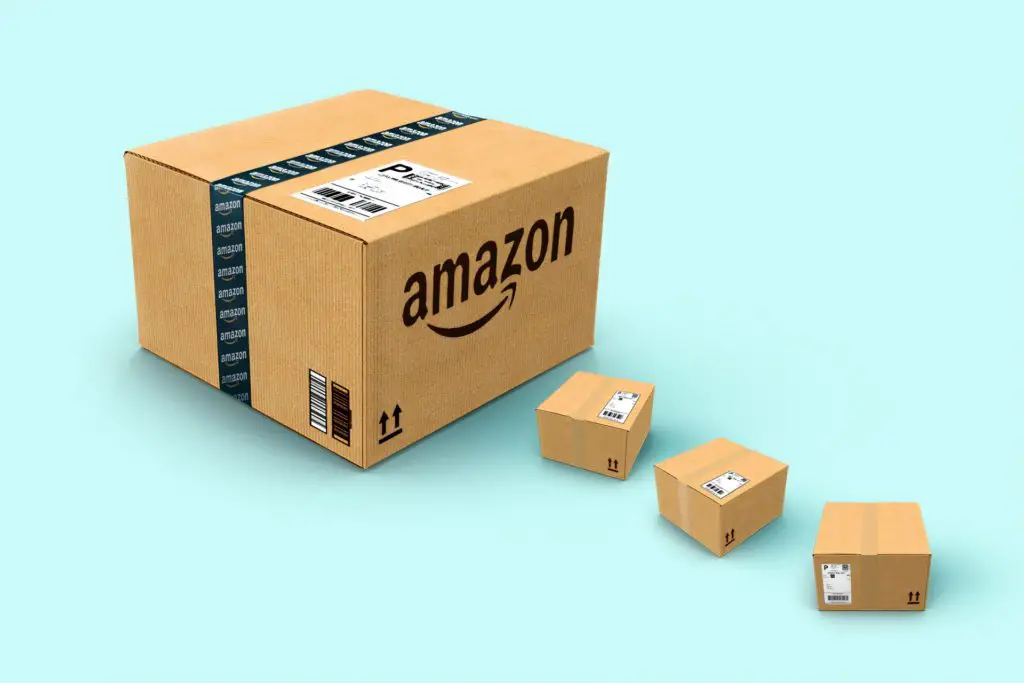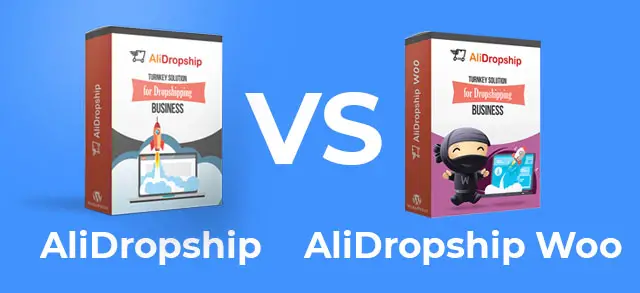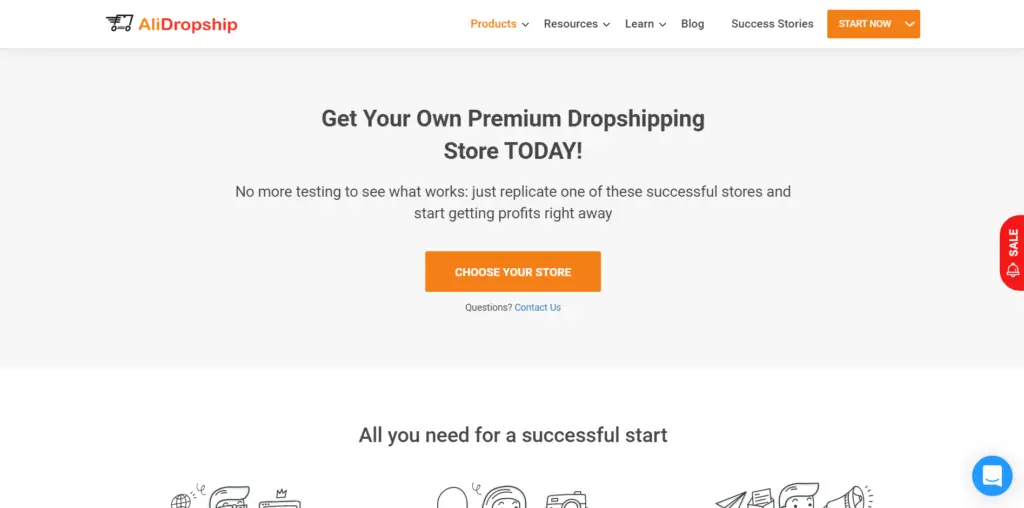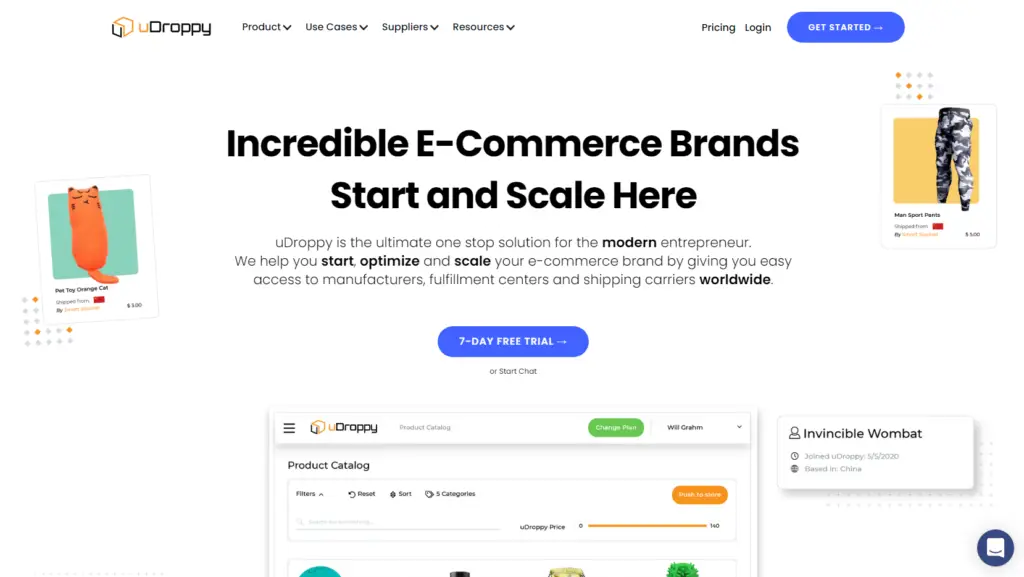This post may contain affiliate links. Please read my affiliate disclosure for more information.
Dropshipping or Amazon FBA? Which is better for your eCommerce business?
In this post, we’ll cover the similarities and differences between dropshipping and Amazon FBA business models.
What is Dropshipping?

Dropshipping is an order fulfillment method where you forward order details to your supplier for them to ship the product directly to your customer. You hold no inventory.
This method is also commonly known as Shopify dropshipping, as dropshipping is typically done with the eCommerce platform Shopify.
You create an online storefront with an eCommerce platform and create product listings targeted towards a specific niche category. Then, you’ll order the product from your supplier only after someone has purchased it. This allows you to get started with very little startup costs other than the website and marketing.
Dropshipping Pros
- Low startup cost (Shopify monthly fee of $29 per month)
- Easier to build a brand
- Collect customer emails
- Direct access to your customers
Dropshipping Cons
- Zero traffic to start in most cases
- Learn and pay for Facebook or Google ads to drive traffic or long-term SEO strategy
- Lots of testing before finding a winning product or niche (can be expensive/lots of time)
- Short term product life cycle (for viral products)
What is Amazon FBA?

FBA stands for Fulfillment by Amazon. You ship your inventory into an Amazon warehouse, then they pack and ship all your packages for you to your customers. Amazon handles all of the customer service and returns as well.
Amazon FBA Pros
- 300 million active users, the biggest online marketplace in the world (Source: Tech Jury)
- More people to see your product with correct product research upfront
- You don’t need to pay for ads (although they do have Amazon pay per click, not necessary)
- Less work once you find an underserved product market (only need to reorder when you run low on inventory)
- Longer product life cycle on average (unless it’s a fad like a fidget spinner)
Amazon FBA Cons
- Higher startup costs (at least $1,000 to start)
- Harder to build a brand or diversify to other categories
- More product research upfront
- Dependent on Amazon
Dropshipping vs Amazon FBA: Which Is Better?

While both business models work great and have their own advantages and disadvantages, I would say that dropshipping is better if you had to pick between the two options.
While Amazon has a fantastic marketplace that you can utilize to start, dropshipping offers a lot more flexibility as you can go in any direction you want with marketing. This includes both paid traffic or organic traffic methods. You’re also not dependent on one platform like Amazon where they have 100% control over your business.
By opening your own eCommerce store, you have more ownership and flexibility with the products you can sell and direct access to your customers. Not to mention that according to the Wall Street Journal, Amazon has been using data from its sellers to launch competing products.
Final Verdict
At the end of the day, the best way to run an eCommerce business is to do both! If you start with developing your own niche product that reaches an underserved market, you can capitalize on it by selling products on your own Shopify store as well as on Amazon with FBA.
This way you get the best of both worlds while building your brand and still offering your products to reach customers that prefer to shop on Amazon.
It takes a lot more work, and something you don’t need to start with on day one. As a beginner, it’s best to focus and find one method that works. Then you can slowly scale up and branch out from there.




